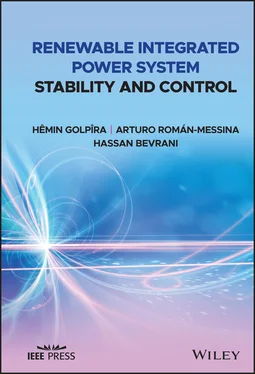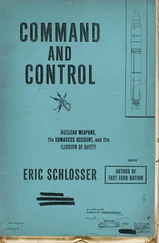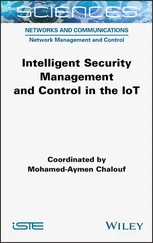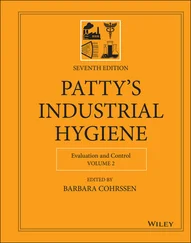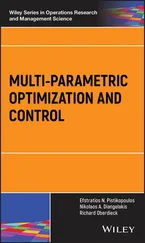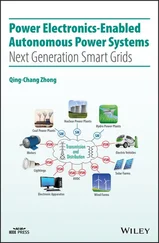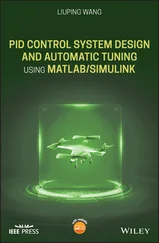This VSG provides a promising solution to improve power grid stability and performance in the presence of a high penetration of DGs/RESs/MGs. The VSG is not only applicable for improving of frequency regulation and oscillations damping, particularly during the transient state following a disturbance, but also it is useful to support the voltage stability. The VSG system can use the available DGs/RESs, as primary sources to participate in power oscillation damping by adjusting their active and reactive power generations. The VSG is more discussed in Chapter 4.
1.2 Current State of Power System Stability and Control
Power system stability and control can take different forms, which are influenced by the type of instability phenomena. A survey on the basics of power system controls, literature, and achievements is given in [6, 7].
PMUs are sophisticated digital recording devices that communicate global positioning system (GPS) synchronized high sampling rate dynamic power system's data to the central control and monitoring stations. The recorded data by PMUs provide valuable information about the dynamic of the power system that can be used for data‐driven modeling. An overview of system identification techniques for modeling of power systems using PMU data is given in [8]. In [9], a subspace identification method is used to identify a reduced order model for power oscillation control. The PMU data are used for the calibration of the parameters of the reduced‐order model of a power generator in [10]. The feasibility of multi‐input multi‐output (MIMO) identification of power systems using low‐level probing signal is shown in [11]. An online algorithm is used in [12] to identify the frequency response of power system dynamics, while it is combined with a selective modal analysis. The transfer function and state‐space model identifications using PMU data are compared in [13] for electromechanical oscillation damping estimation. Several identification methods are compared for analysis of inter‐area oscillatory modes of power systems [14].
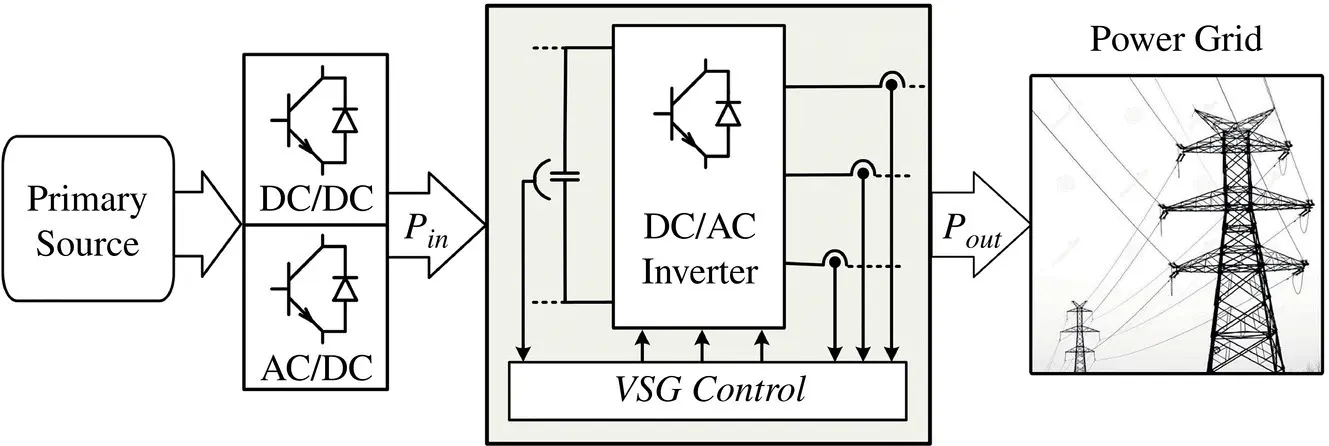
Figure 1.1Conceptual structure of a virtual synchronous generator.
The data from PMUs have already been used for estimation of some important power system parameters. The electromechanical modes of a power system and their confidence intervals are estimated using PMUs operational data in [15, 16]. Amplitude, frequency, and damping of power system oscillations are estimated using PMU measurements in [17, 18]. The PMU data are used in [19–21] to identify the topology (or change in topology) of a power system. Recently, some system identification methods have been employed to estimate the power system inertia using the operational PMU data (with no external excitation signal) [22, 23].
Preliminary efforts in the field of power grid frequency regulation are reported in [24]. Subsequently, an IEEE working group prepared some standard definitions of significant terms and concepts on power system frequency control [25]. Considering the physical constraints and to cope with the advances in technologies and the changed system environment, dynamic modeling developments, security constraints, and communication delays, as well as modifications on the frequency control definitions, have been discussed over the years [26–30]. A comprehensive survey and exhaustive bibliography on frequency control up to 2014 are given in [31, 32].
Frequency control analysis, frequency response modeling, nonlinearity and uncertainty presentation, specific applications, frequency bias calculation, control performance standards, load characteristics impacts, and parameters identification are presented in several documents [2932–42]. A Considerable research on the time‐delayed system is contained in [4, 30]. In addition, regarding parametric uncertainty, several self‐tuning, adaptive, and robust control strategies are widely applied for power grid LFC system synthesis over the years [4,43–51].
Dynamic impacts of intermittent DGs and high penetration of RESs on power grids frequency response are discussed in [3252–56]. A low inertia can negatively affect the grid frequency dynamic performance and stability. A number of recent works have suggested the application of inverter‐based virtual inertia emulators to improve frequency stability and frequency response performance [57–61]. Furthermore, numerous research works have been recently focused on the use of DGs, RESs, MGs, electric vehicles, and storage devices to provide frequency control supports in the power grids [62–69]. Providing frequency control support via controllable loads and smart load technologies using the concepts of demand response (DR) is discussed in [41, 42,70–76]. Two recent works in this area are [77, 78], that discuss the impact of a high integration of MGs on the frequency control of power systems, and propose a decentralized stochastic frequency control of MGs.
PMU‐based/data‐driven online tuning frequency control approach is not addressed in the abovementioned worldwide published works. In most cases, the secondary frequency control is designed using conventional frequency response model, which is very difficult to realize in a modern power grid with a highly variable structure and penetration of DGs/RESs.
Since 1990s, supplementary control of generator excitation systems, static var compensator (SVC), and high voltage direct current (HVDC) converters is increasingly being used to solve power system oscillation problems [7]. There has also been a general interest in the application of power electronics‐based controllers known as flexible alternating current transmission system (FACTS) controllers for the damping of system oscillations [79]. Following several power system collapses worldwide [80–82], in 1990s, voltage stability has attracted more research interests.
Recently, following the development of PMUs, communication channels, and digital processing, wide‐area power system stabilization and control have become areas of interest [83, 84]. A typical generic of different voltage control levels is discussed in [85]. Optimal voltage control has long been successfully implemented in power systems, including the three‐level hierarchical automatic voltage control in Europe [86–88], and the adaptive zone division method in China [89].
A supervisory voltage control strategy for large‐scale solar photovoltaic (PV) integration in power network is proposed in [90, 91] to enhance the voltage stability. A survey of methods, mostly based on PMU data, for long‐term voltage instability detection is given in [92]. In [93], a two‐stage distributed voltage control scheme is proposed. The first stage is the local control of each DG based on sensitivity analysis, and the second stage acquires reactive power support from other DG units. In [94], a consensus‐based cooperative control is proposed to regulate voltage by coordinating electric cars and active power curtailment of PVs. In [95], a distributed voltage stability assessment considering DG units is developed based on distributed continuation power flow. Coordinated voltage control is a technique which provides voltage control by means of adjusting, sequencing, and timing various kinds of controllers within a system. Some relevant works are reported in [96–98].
As mentioned above, several PMU‐based voltage control methodologies have been reported worldwide; however, mostly presented a voltage recovery approach in an off‐normal or emergency condition. Among existing three hierarchical levels of voltage control (primary, secondary, and tertiary controls), only few works are mainly focused on optimal supervisory on secondary voltage control, which is required to coordinate adjustment of the set‐points of the existing voltage controllers. In this regard, the online adaptive tuning of available voltage control systems in a power grid with high integration of DGs/RESs is not well addressed. Furthermore, the overlap between voltage dynamics and frequency/active power as well as rotor angle dynamics in a modern power grid has not been highlighted in the published reports.
Читать дальше
